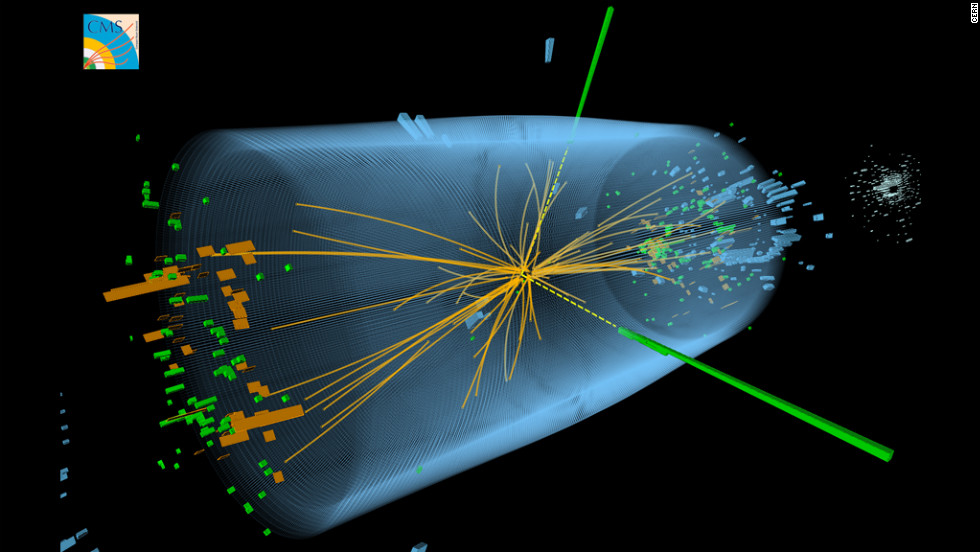Nobel Prize in Physics awarded to British trio for study of exotic matter.
Follow @Mazana17
The winners of the 2016 Nobel Prize in Physics were announced in Stockholm, Sweden, on Tuesday October 4.
Three British physicists working at US universities have won the Nobel Prize in Physics for revealing the secrets of exotic matter.

The
8 million Swedish Krona prize (more than US $931,000) was divided
between the three laureates according to their contributions -- one half
awarded to David Thouless of the University of Washington, and the
other half jointly to Duncan Haldane of Princeton University and Michael
Kosterlitz of Brown University.
"This
year's laureates opened the door on an unknown world where matter can
assume strange states," said the Nobel Foundation in a statement
Tuesday.
"They have used advanced
mathematical methods to study unusual phases, or states, of matter, such
as superconductors, superfluids or thin magnetic films"
What was their discovery?
In the early 1970s, Kosterlitz and Thouless overturned the then-current theory that superconductivity could not occur in extremely thin layers.
"They
demonstrated that superconductivity could occur at low temperatures and
also explained the mechanism -- phase transition -- that makes
superconductivity disappear at higher temperatures," explained the Foundation.
Around a decade later, Haldane also studied matter that forms threads so thin they can be considered one-dimensional.
A member of the Nobel committee explained the process in a video, using a cinnamon bun, a bagel and a pretzel:

Why is it important?
The
physicists' pioneering research could be used in the next generation of
electronics and superconductors -- or even quantum computers, as Nobel
Committee member Thors Hans Hansson explained.
"People are working very hard in the labs to get new
materials which have interesting properties of conducting electricity," he
said.
"And the dream is that this can be used for carrying
information."
Remember when the prize went to...
The Higgs boson, or "God particle," garnered Francois
Englert of Belgium and Peter Higgs of the United Kingdom the Nobel
in Physics in 2013.
Five decades ago, Englert and Higgs had the foresight to
predict the elusive particle existed -- long before scientists at the European
Organization for Nuclear Research (CERN) announced they had discovered it in
2012.
The following year, the octogenarian pair shared the Nobel
in recognition of their early theoretical brilliance which helped uncover the
particle, thought to be a fundamental building block of the universe.
Physics winners are the youngest
With an average
age of 55, Nobel physics laureates are the youngest of all laureates.
Australian-born British physicist
William Lawrence Bragg was just 25 years old when he won the prize,
along with his father William Henry Bragg, for their work on x-ray
crystallography in 1915.
Bragg remained the youngest laureate for almost a century, until Malala Yousafzai won the Nobel Peace Prize in 2014.
However, this year the Physics winners are at the upper end of the age bracket -- Thouless is 82, Kosterlitz is 74, and Haldane is 65.
They include Polish-born French
physicist Marie Curie, who took the prize in 1903 for her pioneering
work in radioactivity. Curie also won the Nobel in Chemistry in 1911.
And German-born American Maria Goeppert-Mayer, who won in 1963 for her discoveries in nuclear shell structure.
For more News and Entertainments, follow Us at our Social Network :
Follow @Mazana17




No comments :
Post a Comment